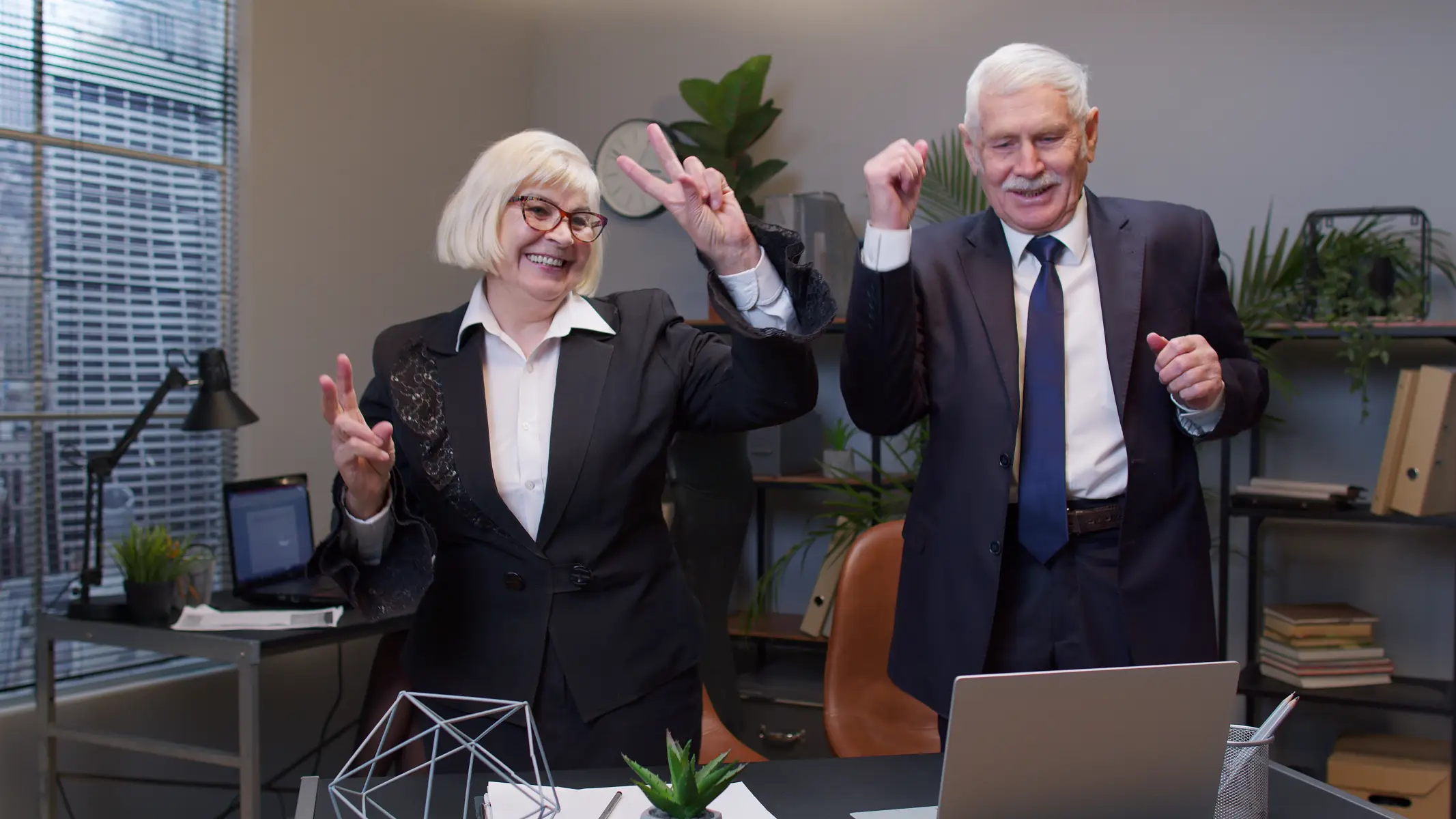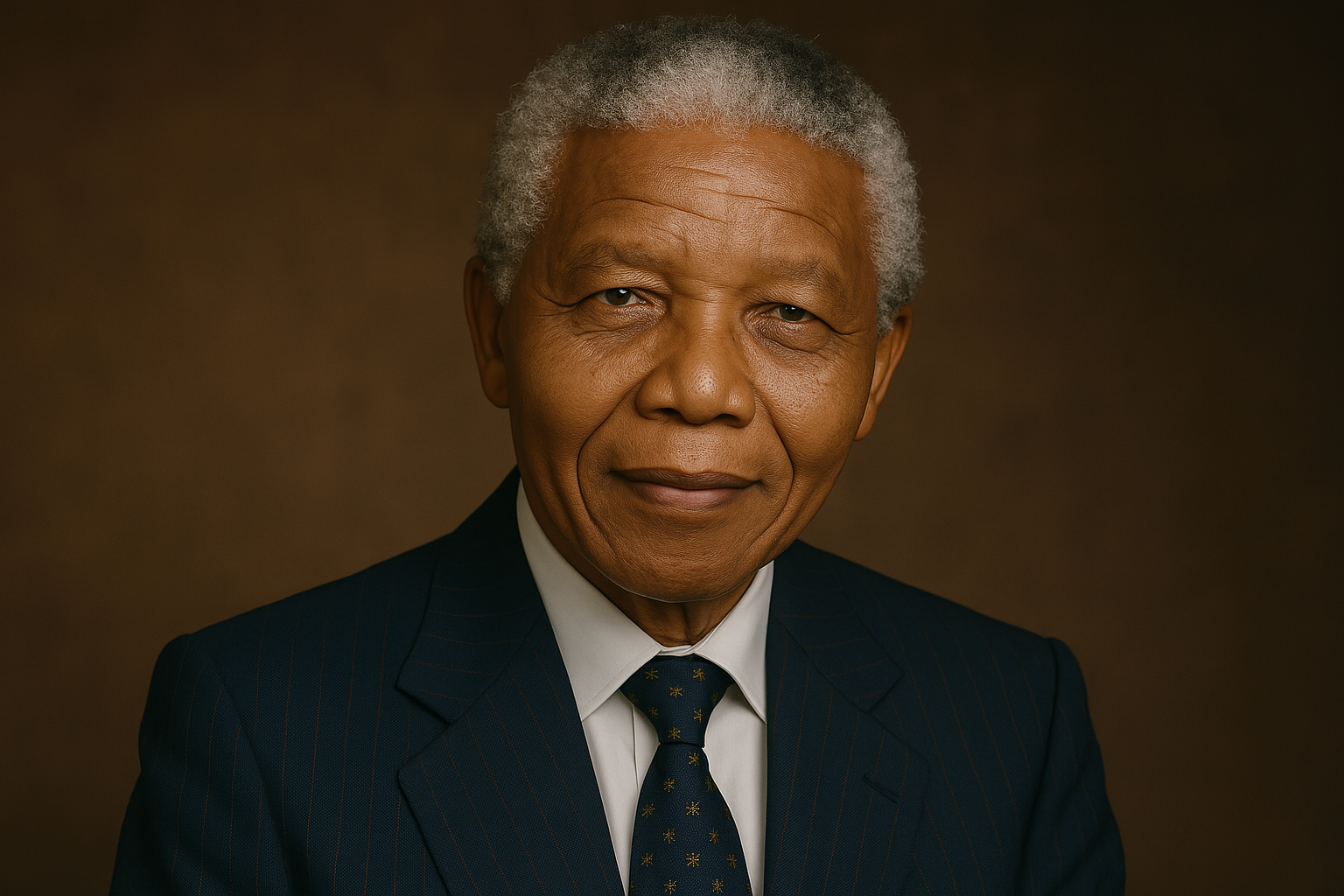In the high-stakes world of senior leadership, burnout is an ever-present risk. Constant decision-making, managing teams, driving strategy, and navigating fast-changing business landscapes often leave senior executives stretched thin. The relentless pace can lead to chronic stress, exhaustion, and a loss of fulfilment—a trio of symptoms synonymous with burnout. For many senior leaders, this doesn’t just affect personal well-being but also jeopardizes their productivity, decision-making capacity, and organizational impact.
Preventing burnout for senior professionals is crucial for their long-term success and sustainability. When leaders feel engaged, energized, and satisfied with their work, they inspire confidence and create a ripple effect of positivity throughout their team and organization. In this article, we delve into best practices for avoiding burnout while maintaining productivity, personal satisfaction, and professional excellence.
Understanding Burnout for Senior Leaders
The term “burnout” was first defined by psychologist Herbert Freudenberger in the 1970s as a state of emotional, mental, and physical exhaustion caused by excessive and prolonged stress. For senior leaders, burnout frequently arises due to their inability to disconnect from work, maintain boundaries, or prioritize self-care amid demanding schedules.
Symptoms of Leadership Burnout
- Chronic Fatigue: Feeling emotionally drained or perpetually tired.
- Declining Performance: Loss of sharp decision-making while feeling less creative.
- Detachment: A sense of disconnection from work or reduced engagement.
- Physical Health Issues: Sleep disorders, headaches, or frequent illnesses.
- Irritability and Anxiety: Heightened stress or impatience in work settings.
Burnout doesn’t solely result from how much you work—it’s about how you work. Understanding that poor boundary management and lack of sustainability in your routine are key contributors helps focus on effective prevention strategies.
Why Senior Leaders Are More Prone to Burnout
Senior executives face unique challenges that can make them more susceptible to burnout, including:
1. Constant Pressure to Perform
Senior leaders are consistently under pressure to drive results and remain accountable to shareholders, employees, and stakeholders. The weight of responsibility often results in overexertion.
2. Decision-Making Overload
CEOs and executives routinely make high-stakes decisions. This constant need for cognitive focus, along with decision fatigue, exacerbates stress.
3. Lack of Time for Self-Care
With back-to-back meetings, long days, and sporadic travel schedules, senior leaders often struggle to find time to rest or engage in activities outside work.
4. Blurred Boundaries Between Work and Life
Senior leaders remain “on-call,” especially in global organizations requiring collaboration across time zones. Smartphones and email access make disengagement difficult.
5. Isolation in Leadership Roles
Leaders often lose the ability to discuss challenges or frustrations openly. The higher the leadership level, the fewer peers to share struggles with, leaving many executives feeling isolated.
Best Practices for Burnout Prevention in Senior Leadership
Burnout isn’t inevitable for senior leaders. By adopting proactive strategies, leaders can maintain productivity while preserving personal well-being and professional satisfaction. Below are effective practices for preventing burnout.
1. Establish Clear Work-Life Boundaries
How to Create Healthy Boundaries:
- Set Technology Limits
- Create Protected Personal Time
- Delegate More
2. Prioritize Physical Health
Practical Tips for Physical Well-being:
- Regular Exercise
- Adequate Sleep
- Nutritious Diet
- Take Breaks
3. Develop Emotional Intelligence
Steps to Enhance Emotional Intelligence:
- Self-Awareness
- Empathy for Others
- Emotional Regulation
4. Delegate and Empower Teams
Best Practices for Delegation:
- Trust Your Team
- Avoid Perfectionism
- Streamline Efforts
5. Embrace Mindfulness and Stress-Management Techniques
Effective Stress-Relief Practices:
- Meditation
- Breathing Exercises
- Gratitude Practices
6. Build a Support System
How to Build Support:
- Surround yourself with trusted advisors or mentors
- Join leadership peer groups or exclusive forums
- Lean on personal support systems for emotional balance
7. Take Vacations Without Guilt
How to Disconnect Effectively:
- Plan vacations in advance
- Reconnect with hobbies, passions, or loved ones
- Avoid checking emails—set boundaries if necessary
8. Monitor and Address Early Signs of Burnout
Proactive Steps:
- Conduct regular self-assessments
- Seek feedback from trusted colleagues
- Use coaching or therapy when needed
The Benefits of Burnout Prevention for Senior Leaders
Preventing burnout is not just about survival—it’s about thriving. Senior leaders who integrate sustainable practices into their routine enjoy multiple professional and personal benefits, including:
- Greater Productivity: Rested and recharged leaders achieve more clarity, creativity, and focus.
- Improved Decision-Making: Leaders are better equipped to make thoughtful, strategic decisions.
- Stronger Relationships: Balanced leaders foster trust and connection with teams.
- Long-Term Health: Reduces risk of burnout-related health issues.
- Sustained Career Success: Keeps leaders engaged and effective long-term.
Conclusion
Burnout among senior leaders is a real and pervasive challenge in today’s fast-paced professional environment. However, it’s also preventable. By establishing healthy boundaries, prioritizing self-care, fostering emotional intelligence, and developing supportive networks, senior executives can maintain productivity while ensuring well-being and satisfaction.
Leadership sustainability is not a luxury—it’s a necessity. When senior professionals manage their energy and commitments wisely, they build not only their careers but also stronger, more resilient organizations.
Call-to-Action
Want to implement sustainable leadership practices in your organization? Explore our executive coaching programs designed to help senior leaders thrive without burnout. Build resilience, clarity, and long-term success starting today.










